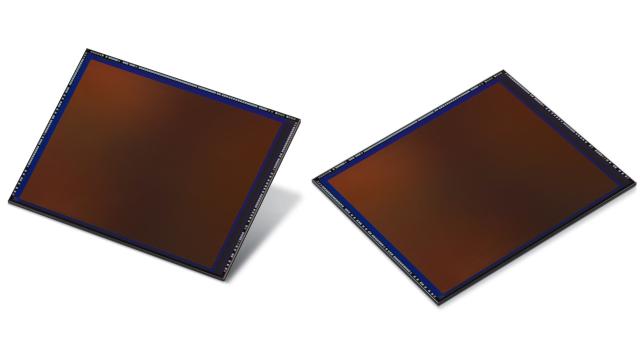When gadget makers first started putting cameras on smartphones, many companies simply tried to cram the highest-resolution sensor they could into a device. But over the past few years, the megapixel wars slowed down as many big names including Apple, Samsung, and Google released phones with 10-MP to 16-MP sensors, and instead, focused on things like autofocus and high dynamic range in order to improve smartphone image quality.
But now, with the release of Samsung’s new 108-MP ISOCELL Bright HMX sensor, it seems the megapixel wars are back again in full force. Samsung’s massive new image sensor represents the third big jump in mobile camera resolution for 2019, following the 48-MP Sony IMX 586 sensor used in phones like the Honour 20 Pro and OnePlus 7 Pro, to the 64-MP sensor slated for use in Realme’s upcoming handset.
That said, if you only concentrate on the Bright HMX’s 108-MP resolution, you’re sort of missing the point, because the biggest advantage of Samsung’s new sensor is its physical dimensions. Samsung says the Bright HMX is the first mobile image sensor to adopt the 1/1.33-inch format, which gives Samsung’s sensor a total area of around 69.5 square millimetres — more than two times the size of the Sony’s IMX 586 sensor (30.7 mm²).
The bigger the sensor, the more light it can gather, and when combined with the Bright HMX’s ability to combine four adjacent photo pixels into one big pixel (a technique also known as pixel-binning or pixel-merging), Samsung’s new sensor should have a major advantage in overall image quality.
Pixel-merging does come with a trade-off, though, because by merging nearby pixels, the Bright HMX’s resolution gets reduced by 75 per cent from 108-MP to 27-MP. However, that’s still more than twice the resolution of current high-end phones like the iPhone XS and Galaxy S10.
This just in! Two big pieces of news from Xiaomi’s Images of the Future Conference:
Redmi and Samsung Electronics jointly announced a 64MP camera
Xiaomi and Samsung Electronics teased an upcoming 100MP ultra high-resolution camera
RT if you’re excited for this new era of cameras! pic.twitter.com/f88OpJfdIS— Xiaomi #FortuneGlobal500 (@Xiaomi) August 7, 2019
On top of that, Samsung says the Bright HMX also features what the company is calling Smart-ISO, which allows the sensor to select between varying levels of light amplification. That means in well-lit scenarios, photos should feature increased pixel saturation and brighter, more vivid colours, while in low-light shots, the Bright HMX can produce pics with less noise and graininess.
As for its video quality, Samsung claims the Bright HMX can record clips at up to 6K resolution (6016 x 3384) at 30 FPS, without any losses in field-of-view.
The Bright HMX is slated to go into production later this month, and while it’s not clear when exactly Samsung’s new image sensor will be available in a retail product, Chinese-smartphone maker Xiaomi has already pledged to feature the Bright HMX in an unnamed upcoming phone.
While 108-MP might sound nice in comparison t0 30.3-MP or 45.7-MP mirrorless cameras like the Canon EOS R and Nikon Z7, the ability to put physically bigger sensors in phones using the HMX Bright is the most exciting part of this announcement.
